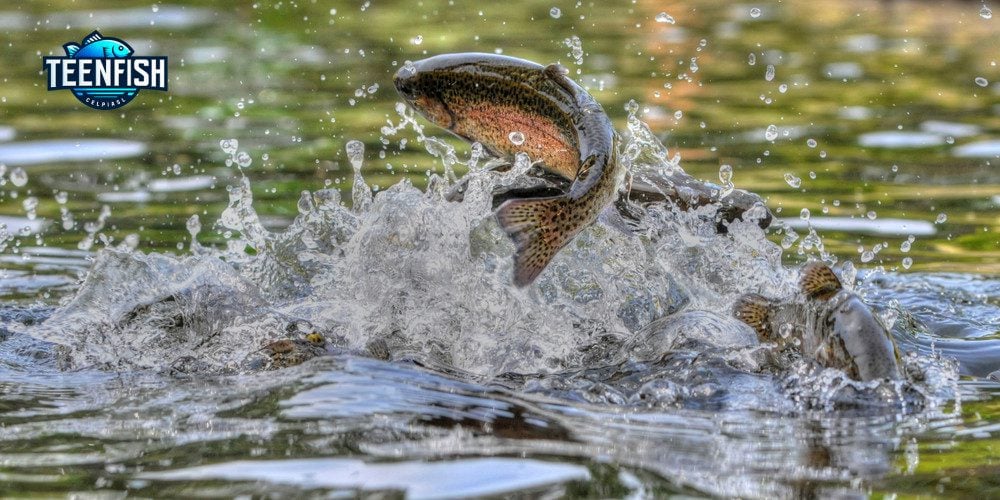As an avid angler, there’s nothing quite like the thrill of feeling a fish on the end of your line. The sudden jolt, the bend in the rod, the anticipation as you reel it in – it’s an experience like no other. But for those new to fishing, the cost of gear and licenses can sometimes be a barrier to entry. That’s where California’s Free Fishing Days come in.
Every year, the California Department of Fish and Wildlife (CDFW) designates two days where anyone can fish without a fishing license in the state. It’s the perfect opportunity for beginners to try their hand at this rewarding pastime and for seasoned anglers to introduce friends and family to the joys of fishing. So grab your rod and reel, and let’s dive into everything you need to know about Free Fishing Days in California.
When Are California’s Free Fishing Days in 2024?
In 2024, California’s Free Fishing Days will fall on:
- Saturday, July 6, 2024
- Saturday, August 31, 2024
On these two Saturdays, anglers of all ages can fish across the Golden State without purchasing a fishing license. However, it’s crucial to note that all other fishing regulations, such as bag limits, gear restrictions, and stream closures, still apply on these days. Familiarizing yourself with the California fishing regulations is essential to ensure a legal and enjoyable fishing experience.
Why Free Fishing Days?
Free Fishing Days serve several important purposes. First and foremost, they provide an opportunity for those who have never fished before to try it out without the added cost of a license. It’s a great way for families to spend quality time together outdoors and for kids to discover a new hobby.
For experienced anglers, Free Fishing Days offer a chance to share their passion with others. Taking a friend or family member fishing for the first time can be incredibly rewarding, and these license-free days make it easier and more affordable to do so.
Additionally, by waiving the license requirement for a couple of days each year, the CDFW hopes to encourage more people to give fishing a try. The more people who discover a love for the sport, the more likely they are to purchase a license in the future, which helps fund conservation efforts and supports California’s fishing opportunities for generations to come.
Where to Fish on Free Fishing Days
One of the best things about fishing in California is the sheer diversity of options. From high mountain lakes and streams to urban ponds and piers along the coast, there’s something for every type of angler. Here are some top spots to consider for Free Fishing Days.
Lakes and Reservoirs
California is home to thousands of lakes and reservoirs, many of which offer excellent fishing. Some top picks for beginners include:
- Lake Tahoe: Known for its crystal clear waters, Lake Tahoe is a great spot for trout fishing. Rainbow, brown, and mackinaw trout can all be found here.
- Donner Lake: Located near Truckee, Donner Lake offers easy access and a variety of fish species, including rainbow and brown trout, as well as kokanee salmon.
- Caples Lake: Situated off Highway 88, Caples Lake is regularly stocked with rainbow trout and also holds brown trout and mackinaw.
Be sure to check the CDFW’s fish planting schedule to see which lakes have been recently stocked. Planting typically takes place in the weeks leading up to Free Fishing Days to increase anglers’ chances of success.
Rivers and Streams
For those who prefer moving water, California’s rivers and streams provide ample opportunities. Some popular options include:
- American River: The American River is a top choice for trout and steelhead fishing, especially in the spring and fall. The river is divided into three forks (North, Middle, and South), each offering unique fishing experiences.
- Feather River: Known for its salmon and steelhead runs, the Feather River is a favorite among anglers in Northern California. The river also holds trout and bass.
- Kern River: Located in the southern Sierra Nevada, the Kern River is a great spot for trout fishing, particularly in the spring and early summer when water levels are high.
As with lakes and reservoirs, be sure to check regulations before fishing in rivers and streams, as some may have special restrictions or seasonal closures.
Coastal Fishing and Piers
For those who prefer saltwater fishing, California’s 840 miles of coastline offer plenty of options. Pier fishing is a popular choice, especially on Free Fishing Days, as it’s one of the few ways to fish in the ocean without a license year-round.
Some of the best piers for fishing include:
- Santa Monica Pier: Located in Los Angeles County, the Santa Monica Pier is a great spot for catching Pacific mackerel, jacksmelt, and white croaker.
- Berkeley Pier: The Berkeley Pier in the San Francisco Bay Area offers the chance to catch perch, rockfish, and even the occasional striped bass or leopard shark.
- Oceanside Pier: As the longest wooden pier on the West Coast, the Oceanside Pier in San Diego County provides ample room for anglers to spread out and target a variety of species, including surfperch, croaker, and corbina.
In addition to piers, jetties and breakwaters also offer free fishing opportunities along the coast. Just be sure to follow all posted regulations and avoid fishing in protected marine areas.
Tips for Success on Free Fishing Days
Whether you’re a seasoned angler or a complete beginner, there are a few tips that can help increase your chances of success on Free Fishing Days (and any day on the water).
Get an Early Start
Fish tend to be more active in the early morning hours before the heat of the day sets in. Hitting the water at dawn can lead to more bites and less crowded fishing spots.
Use the Right Gear
Make sure you have the appropriate rod, reel, and line for the type of fishing you’ll be doing. For beginners, a 6-7 foot medium-action rod with 6-10 pound test monofilament line is a versatile choice that can handle a variety of species.
Choose the Right Bait
Different fish are attracted to different types of bait. Live bait, such as worms and minnows, is often the most effective, but artificial lures can also work well. Do some research on the species you’re targeting and experiment with different options until you find what works best.
Be Patient and Persistent
Fishing is as much about the experience as it is the catch. Don’t get discouraged if you don’t get a bite right away – enjoy your time outdoors and keep casting. The more time you spend on the water, the more you’ll learn and the better you’ll get.
Practice Good Etiquette and Conservation
Always follow fishing regulations, including bag limits and size restrictions. Practice catch and release when possible, and handle fish carefully if you do keep them. Be respectful of other anglers and the environment by keeping noise to a minimum and packing out any trash.
Introducing Kids to Fishing
Free Fishing Days provide a fantastic opportunity to get kids hooked on fishing. Here are a few tips for making their first fishing experience a positive one:
- Use simple gear: A basic spincast rod and reel combo is easy for kids to handle and less likely to tangle than more advanced setups.
- Target easy-to-catch species: Panfish like bluegill and crappie are abundant in many lakes and ponds and are more likely to bite frequently, keeping kids engaged.
- Make it about fun: While catching fish is exciting, it’s important to emphasize the overall experience. Take breaks to explore nature, play games, and enjoy snacks and drinks.
- Celebrate every catch: Big or small, make a big deal out of every fish your child reels in. Take photos, do a happy dance, and offer plenty of high fives.
By introducing kids to fishing in a fun, low-pressure way, you can help foster a lifelong love of the outdoors.
Fishing Licenses and Conservation
While Free Fishing Days offer a great opportunity to try fishing at no cost, it’s important to remember that fishing licenses play a vital role in conservation efforts. The money generated from license sales helps fund fish stocking programs, habitat restoration projects, and research and monitoring efforts that ensure healthy fish populations for years to come.
If you do decide to continue fishing beyond Free Fishing Days, be sure to purchase the appropriate license for your needs. California offers a variety of license options, including annual, short-term, and lifetime licenses, as well as special licenses for seniors, disabled veterans, and low-income individuals.
Conclusion
California’s Free Fishing Days provide a fantastic opportunity for anglers of all skill levels to enjoy the state’s diverse fishing opportunities. Whether you’re a seasoned pro looking to share your passion with others or a complete beginner hoping to try fishing for the first time, these license-free days make it easier and more affordable to get out on the water.
By following fishing regulations, practicing good etiquette and conservation, and introducing kids to the joys of fishing in a positive way, we can all help ensure that California’s fisheries remain healthy and productive for generations to come. So mark your calendars for July 6 and August 31, 2024, grab your gear, and head out for a day of free fishing fun. You never know what you might reel in!
And remember, if you plan to continue fishing beyond Free Fishing Days, be sure to obtain the proper fishing license to support the state’s conservation efforts and ensure a legal and enjoyable angling experience.


